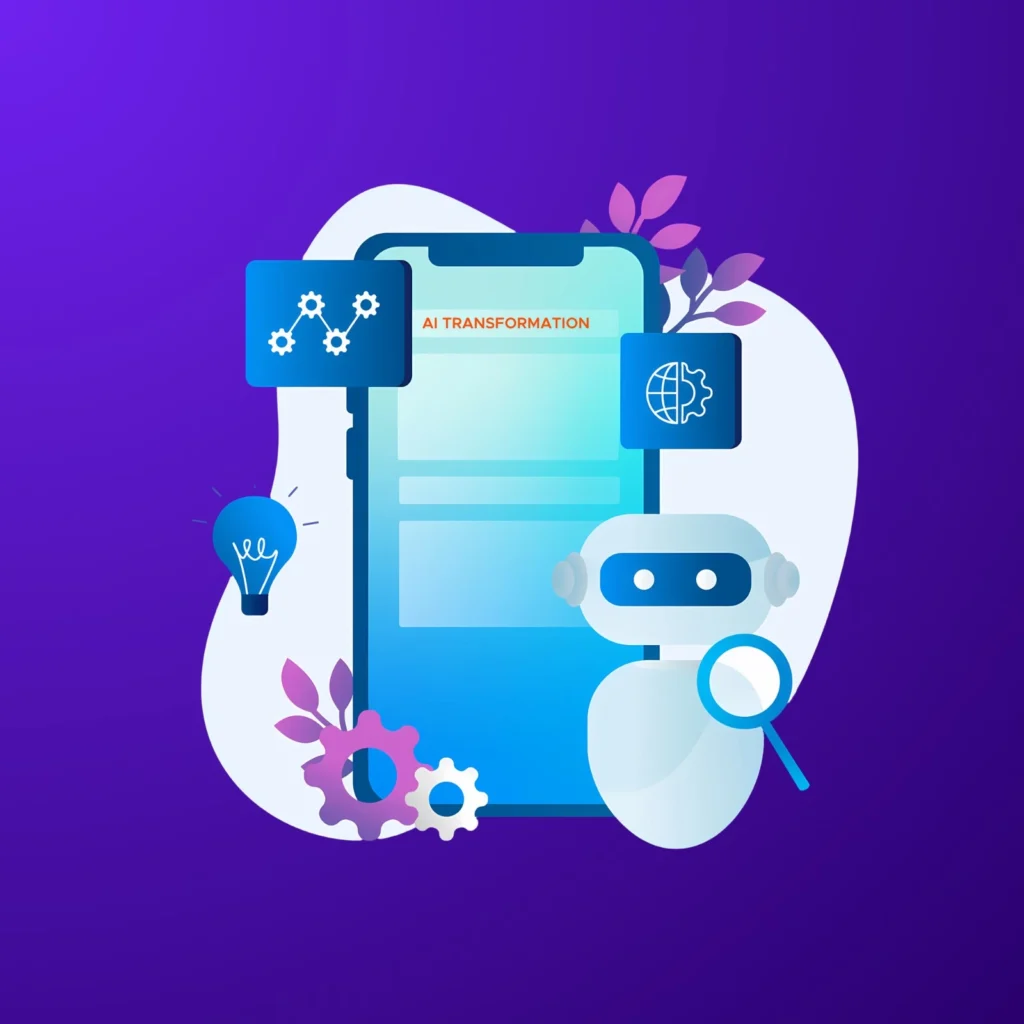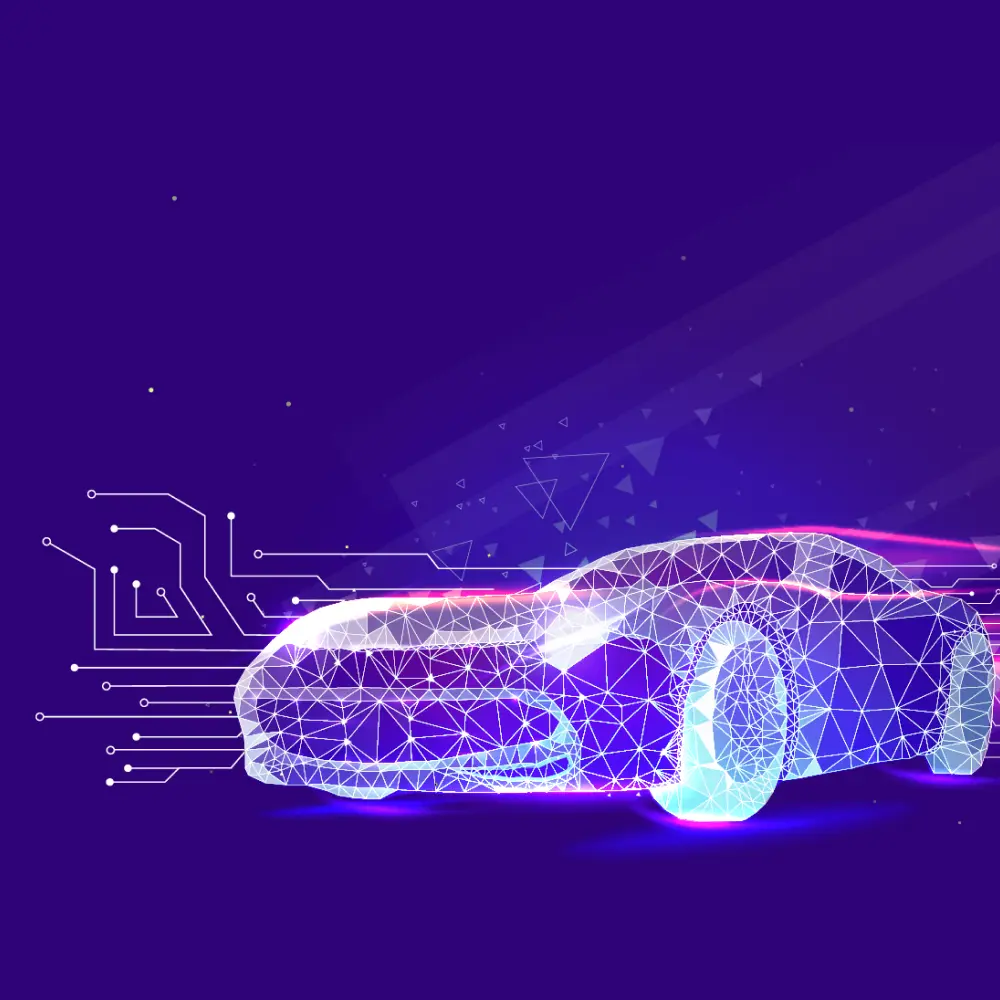Chatbots are literally everywhere these days. From shopping apps to assistance kiosks, forms of chatbots are scattered all around to make our lives easier. Smart assistants such as Siri, Alexa and Google Assistant are now ever-present companions in our pockets and in our homes. They set alarms for us, play music on our connected devices and obviously, answer basic questions.
But be honest now: how often have you received a ridiculously nonsensical response to a simple question? Or been stuck in a loop of misunderstandings with your supposedly helpful AI?
Sure, chatbots have come a long way, but the reality is that they still regularly struggle with the nuances of human language. They can handle straightforward requests all right. But the second you throw a curveball their way – a pinch of sarcasm, a puzzling question or even a sudden shift in conversation – they just leave you feeling like you’re talking to a wall.
This happens because most chatbots we have today depend on pattern matching and keyword recognition. In layman’s terms, they scan your input for familiar phrases and show you pre-programmed responses. It’s a system that works wonderfully well for simple tasks but falls apart when in cases needing genuine understanding.
However, there is a ray of hope on the horizon. Researchers and AI engineers are actively developing a new generation of AI assistants: advanced humanoid chatbots. These AI systems are designed to go further than just memorization and keyword prediction algorithms. They’re being developed with a deeper, more nuanced understanding of human language and the ability to learn and adapt in real time.

What Are Humanoid Chatbots?
Humanoid chatbots are AI-powered systems trained to communicate in a natural, human-like manner. Unlike their traditional counterparts which rely on pre-programmed responses and keyword matching, humanoid chatbots utilise next-generation technologies such as Natural Language Processing (NLP) and Machine Learning (ML) to understand and generate context-aware, intelligent responses.
Humanoid chatbots are built from the ground up to be able to engage in genuine conversations that feel natural. They aim to grasp the nuances of language, interpret tone and context and provide relevant, thoughtful responses. Humanoid chatbots are also supposed to understand and respond to multi-step and layered queries, maintain coherent dialogues and even exhibit traces of emotional intelligence.
The tech that enables the capabilities of humanoid chatbots is truly fascinating.
- Natural Language Processing (NLP) algorithms enable humanoid chatbots to comprehend and generate human-like language.
- Machine Learning (ML) allows their backend models to continuously learn and improve from interactions.
- Artificial Intelligence (AI) frameworks such as large language models (LLMs) and neural networks provide the computational power and reasoning capabilities needed for these chatbots to process and respond to complex and layered user queries.
Exploring the Capabilities of Advanced Humanoid Chatbots
Humanoid chatbots ultimately aim to bridge the gap between human and machine communication and offer a more natural and intuitive machine to human interaction. There is a lot of exciting work already being done in this field. In fact, the global market for smart virtual chatbots and assistants is projected to reach a whopping $25 billion by 2027 with a remarkable CAGR of 37%.
But what makes these humanoid chatbots different?
- Contextual Awareness: Humanoid chatbots aren’t programmed to just react to isolated words. They’ll analyze the entire conversation and take into account past exchanges, the user’s tone and sometimes even the situation to craft a more relevant response.
- Iterative Learning: These chatbots are able to learn from past conversations, identify user preferences and adapt their responses accordingly. This means that they are very less likely to repeat a mistake. This implies that they can even personalize their interactions with each user.
- Emotional Intelligence: Emotion is the foundation of human communication. The next generation of chatbots is being designed to recognize emotion in a user’s voice or text and tailor their responses to be empathetic, supportive or even humorous depending on the input.
What does all of this mean for the future of chatbots? We are not very far away from having virtual assistants that can not only answer your questions about the weather but can also understand your frustration with a delayed flight and calming words. Or a customer service bot that can understand complex issues and solve problems without getting bogged down in frustrating misunderstandings. Humanoid chatbots have the unrealised prospect of completely changing the way we interact with tech and giving it a natural, efficient and even enjoyable persona.
Applications of Advanced Humanoid Chatbots
So far we have familiarised ourselves with the inner workings of advanced humanoid chatbots. But what does it all mean in the real world? The advanced humanoid chatbots in development and in use are much more than novelty showcases of AI tech; they have real, impactful use cases across a vast spectrum of industries. Let’s check out some of the most exciting potential applications:
- Customer Service
We need to begin with a sector that has long been a battleground for customer satisfaction: customer service. Conventional chatbots have, more often than not, left users feeling frustrated and trapped in a loop of scripted responses. Humanoid virtual assistants, with their deep language comprehension and contextual awareness, promise a radically improved experience. With the next generation of chatbot technology, a bot that truly understands your query recognises the nuances and emotional undertones and provides an empathetic response is not a far-fetched dream.
According to a recent study by Forrester Research, companies that deploy advanced conversational AI for customer service can expect to see a 25% reduction in operational costs and a staggering 70% increase in customer satisfaction rates. Such an impact is already being realized by industry leaders like Marriott International; they have implemented a humanoid chatbot named Botlr to handle guest inquiries and requests with impressive results, including a 90% guest satisfaction rate. Another great example is Xiaoice – a Microsoft-developed chatbot with over 800 million users in China. Xiaoice can engage in casual conversation and even provide emotional support.
- Education and Training
While we are on the topic of emerging tech, the one-size-fits-all approach to education might just be on its way out. Humanoid chatbots are now capable enough to act as personalized tutors that can match their instruction to each student’s learning style and pace. We already have chatbots that can explain complex scientific concepts in a way that resonates with a particular student or provide targeted practice problems for those needing extra help.
A study by Springer found that students who used chatbot-assisted learning showed a notable improvement in their test scores as opposed to the methods we use today. Humanoid AI assistants will soon democratize education and the tech is already making personalized learning accessible to many students.
One compelling example of an advanced humanoid chatbot being used for educational purposes is Claude, developed by Anthropic. Claude is specifically designed to excel at knowledge transfer and tutoring.
In a recent pilot study conducted at a leading university, Claude was employed as a virtual teaching assistant for an introductory computer science course. Claude was integrated into the course’s online learning platform. Students engaged with it for supplemental instruction, coding assistance and personalized feedback on assignments.
The results were noteworthy. Students who actively interacted with Claude reported higher levels of understanding and engagement compared to those who relied solely on conventional course materials and instructor support.
- Healthcare
The healthcare industry is another area just waiting to be disrupted by advanced humanoid chatbots. These conversational AI systems could very efficiently work as virtual healthcare assistants and provide reliable medical information, answer patient queries and even give out emotional support during challenging times. Many humanoid chatbots are being already implemented in medical facilities to reduce the burden on healthcare professionals while improving patient outcomes and overall satisfaction. This has become possible due to the power of NLP and having access to an enormous medical knowledge base.
A relatively recent study published in the Journal of Medical Internet Research explored the potential of a humanoid chatbot named “Eliza” to provide mental health support. The findings were striking: participants reported high levels of satisfaction and a willingness to engage with the chatbot for ongoing support. They cited its empathetic and non-judgmental approach as a major factor.
- Companionship for elderly or isolated individuals
Perhaps one of the most underappreciated applications of advanced humanoid chatbots lies in their use for offering companionship to elderly or isolated individuals. Loneliness and social isolation are now recognized as notable public health concerns, particularly among aging groups. AI chatbots with human characteristics, with their ability to engage in natural, empathetic dialogues could provide a sense of connection and emotional support for those who have very limited social interactions. While they can’t replace human connection entirely, chatbots can fill the void as a valuable supplement for lonely people.
A pilot program undertaken by the University of Southern California explored the impact of a humanoid chatbot companion on a group of elderly individuals living in assisted living facilities. The results were overwhelmingly positive. Participants reported a major reduction in feelings of loneliness and an improved overall sense of well-being. One among them even remarked, “It’s like having a friend, someone to talk to and share my thoughts with, without feeling like a burden.”
- Marketing and Advertising
Marketing is all about understanding your audience. Humanoid chatbots are amazingly adept at gathering user data and preferences through conversation. This characteristic allows for hyper-personalized marketing campaigns. For instance, chatbots that can recommend products or services based on your past conversations and interests rather than bombarding you with irrelevant ads are already a reality and are being implemented by an increasing number of businesses everywhere. A McKinsey study found that personalized marketing experiences can result in a conversion rate increase of up to 10%. Chatbots are the perfect platform to create a more engaging and effective marketing experience. For example, both HelloFresh and Domino’s Pizza have thoughtfully implemented chatbots to improve their advertising efforts and improve sales.

The Future of Humanoid Chatbots
This much is pretty clear: advanced humanoid chatbots are no longer the stuff of sci-fi movies and books. We’ve seen their impressive capabilities and potential applications, but the road ahead isn’t without its bumps. There are ethical considerations that must be addressed before we step into the AI-driven age.
As with any powerful, socially impactful technology, ethical considerations loom large with humanoid chatbots. Inevitable biases in the training data often lead to discriminatory responses and the obvious potential for manipulation or misuse can never be ignored. Transparency in development and clear guidelines for responsible use are a must, going forward.
Another concerning, pervasive challenge is the ever-present question of privacy. Chatbots that learn and adapt by collecting user data raise concerns about data security and user control. Strong privacy protection measures must be mandated to regulate the tech in a justifiable way.
One of the most pervading concerns surrounding these chatbots is the potential for misuse or manipulation, whether intentional or inadvertent. These are really sophisticated systems and their ability to influence human behavior and decision-making will have far-reaching implications. It is indispensable that clear guidelines and safeguards are put in place to prevent the propagation of misinformation, the exploitation of vulnerabilities and the infringement of personal liberties.
We also cannot turn a blind eye to the very real risk of blurring the lines between artificial and human interactions. This could potentially lead to issues of deception, emotional manipulation or the development of unhealthy attachments.
But even in the face of these valid concerns, the benefits of humanoid chatbots are too good to ignore. Looking ahead, the future of humanoid chatbots is brimming with possibilities. Advancements in AI could lead to chatbots that not only understand complex emotions but can also respond with genuine empathy. Maybe a chatbot therapist who can analyze your words and also pick up on subtle cues of sadness or anxiety is not very far away from fruition.
As the tech marches on, we can expect even more human-like chatbot features. Maybe voice recognition is so sophisticated that chatbots can understand natural speech patterns and accents become a reality. Facial recognition could allow chatbots to mould their responses based on their emotional state. Personalized recommendations based on past interactions would create a truly seamless and intuitive user experience.
Conclusion
The future of humanoid chatbots is exciting and full of potential. While challenges are part of the tech, these AI assistants have the spark to bring on a complete revolution in the way we live, work and interact with the world around us. The future might not be robot overlords (hopefully!) but rather a future where intelligent assistants blend into our lives and make them more efficient, enjoyable and just maybe, even a little bit more human.
To provide exceptional customer service is more important than ever in today’s competitive business landscape. However, delivering a personalized and efficient customer experience is a challenge, especially for businesses with a large customer base. This is where DaveAI’s Chatbots shine. Our chatbots are designed to answer customer questions, personalize conversations and learn and improve over time.
Our chatbots have been used by a variety of companies, including Maruti Suzuki, Karnataka Bank and jaquar. These companies have seen several benefits from using our chatbots including improved customer satisfaction, increased efficiency and personalized conversations.
If you are looking for a way to improve your customer service, our chatbots are a great option. With the ability to provide 24/7 support, our chatbots can help you create a more positive customer experience and increase customer satisfaction.



